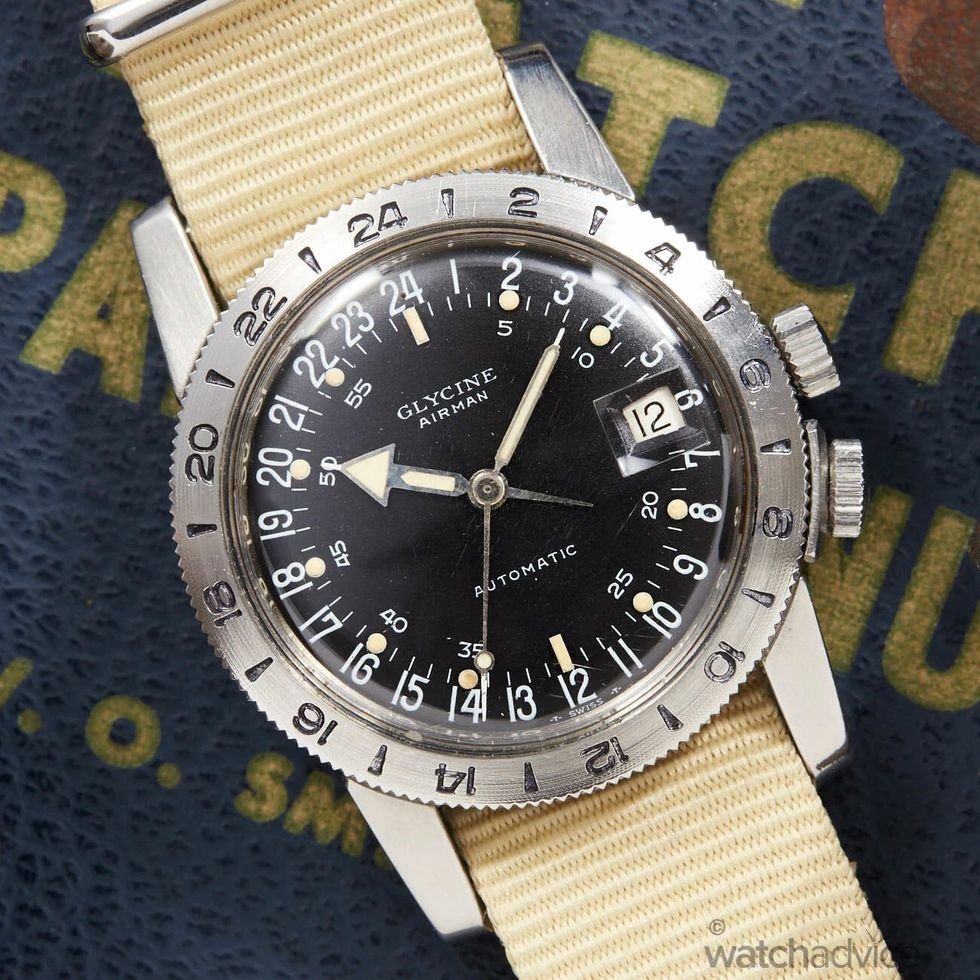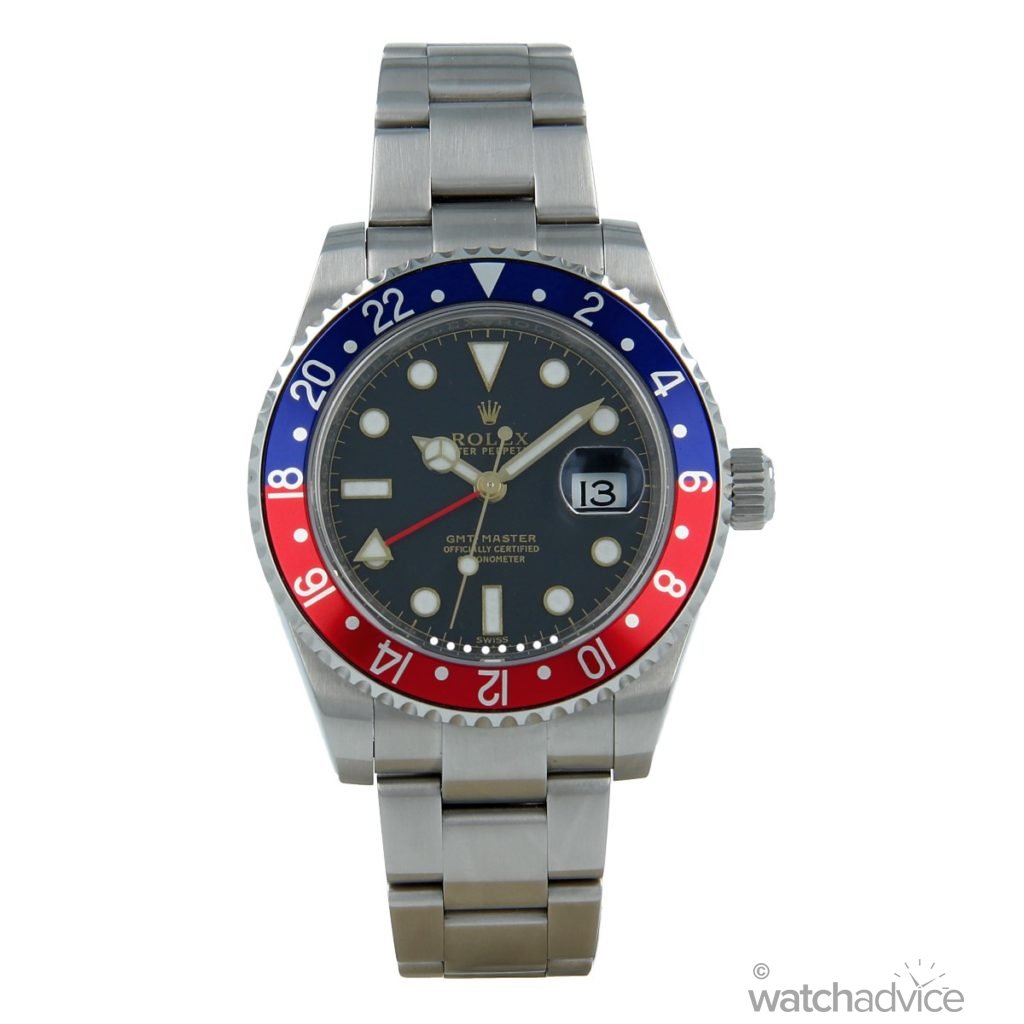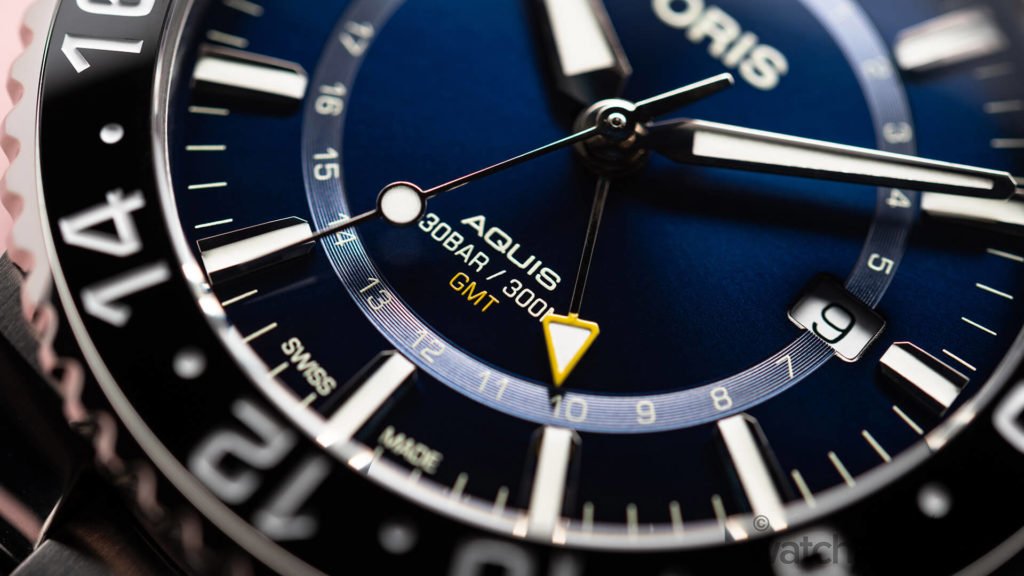Compared to the standard three-hander watch, there are a variety of different functions and features available on modern timepieces today. Out of all the different functions available, the GMT function is arguably one of the more useful features available on a watch for everyday use. In this article, we delve into what exactly is a GMT function and how does it work and operate?
The birth of the GMT watch came during the era in which commercial airlines first started overseas travel. During the “Jet Age” aircraft powered by jet turbines allowed for social and cultural changes, where the public was able to for the first time have international travel. One of the problems that arose with international travel was jet lag and the fact that pilots were losing track of time back in their home country. GMT stands for Greenwich Mean Time, and is time zone zero against which all other timezones are measured against, also referred to as UTC (Coordinated Universal Time).
The first GMT watch that was ever created to fix the issue of two time zones was the Glycine Airman in 1953. This timepiece was designed to specifically meet the pilots requirements of being able to tell two different times, which is why the dial at the time of creation looked so unorthodox. First the dial had a 24-hour scale instead of the traditional 12-hour. This would display the local time. The bezel then featured another 24-hour scale, which would be used to tell the second timezone. While the Glycine Airman was certainly the first, they didn’t get the attention they deserved as the watch never caught on.
This is where Rolex would come in, and was one of the first brands to step in and develop a watch to display two timezones with the traditional 12-hour dial. Having already mastered different feats such as making a watch functional at deep sea levels and also at high altitudes prior to this, the brand was certainly up to the task. The watch they envisioned and ultimately created in 1954, became an icon. A design that is still used to this day for their modern GMT watches.
The Rolex GMT-Master Pan Am built in 1954 came with a Pepsi-coloured bezel and a red arrow-tipped GMT hand. As the name suggests this timepiece was designed specifically for Pan American World Airway’s pilots as they crossed multiple timezones. With the addition of the red GMT hand, pilots were able to distinguish two separate time zones at once.
How exactly does the GMT function work?
The GMT function on a watch is a relatively simple one to use. To use a GMT function, the watch first needs to have a 24-hour scale in which the second (or third) time zone can be read from. A GMT timepiece will come with a 24-hour scale on either the dial itself (usually along the minute track) or as markings on the bezel.
The GMT function is used by having the GMT hand read the second timezone in 24-hour format. For example, say we are in Brisbane where the time is 7:00 am, and we have family in Singapore where the time is 5:00 am, the GMT hand would simply need to be adjusted to meet 5:00 am on the 24-hour scale on the bezel or dial scale (if it exists). If both the bezel and dial 24-hour scales are shown, then a 3rd timezone can be read.
A 3rd timezone is read straight from the bezel as it’s the only timescale that can be adjusted. As the second timezone can be read from the dial’s timescale. Using the example above, if we had friends in Geneva, the time would be 11.00 pm (relative to 7:00 am Brisbane time). Without moving the GMT hand, as it is set up to read the second timezone through the dial’s 24-hour timescale, the bezel would be adjusted so that the GMT hand would read 11:00 pm.
For ease of use, the local time needs to be shown on the main dial, with the second and third time zones being shown by the GMT function. Having a second-time zone (or third) can come in real handy not just for knowing the time back home or time where you’re family/friends are residing. It can also be used for knowing for example the market opening of the overseas stock market. Another practical use is as business to know when your overseas suppliers/operations are opening, or when your international client wants to set a meeting for a certain time. All this can be done by a quick glance at a GMT watch, provided it is set up correctly initially.








